COVID-19: Questionable Coronavirus Evolution in Biosafety Level 4 Labs
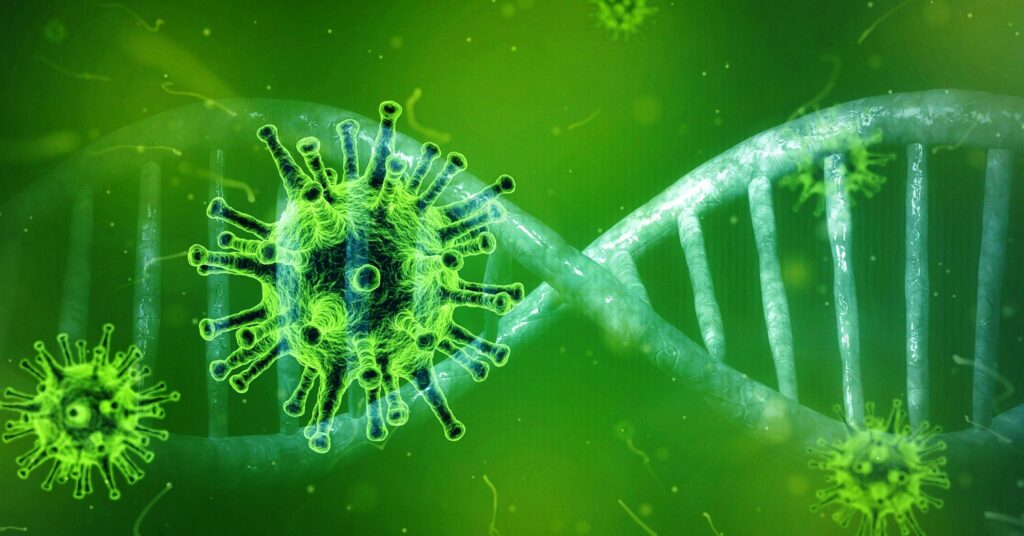
In one of the greatest scientific understatements since Watson and Crick wrote, “it has not escaped our notice…” in their famous 1953 paper on the double-helical structure of DNA, the authors of a January 2020 paper concluded: “our findings suggest unconventional evolution of 2019-nCoV that warrants further investigation.” The authors of the more recent paper have been forced to withdraw it, but Dr. Luc Montagnier, who is not one to shirk from a fight and won the Nobel Prize in 2008 for his discovery of the means to culture HIV, has kept their story alive by publicly defending the results. The article is available online, apparently so it may be attacked. Briefly, it shows that, compared to the 2002 SARS-CoV, and in fact the entire Coronaviridae family, the agent of COVID-19 contains, in its surface spike protein, several small regions that are related to HIV. The probability that this could have happened by chance or through any known natural process is essentially zero.
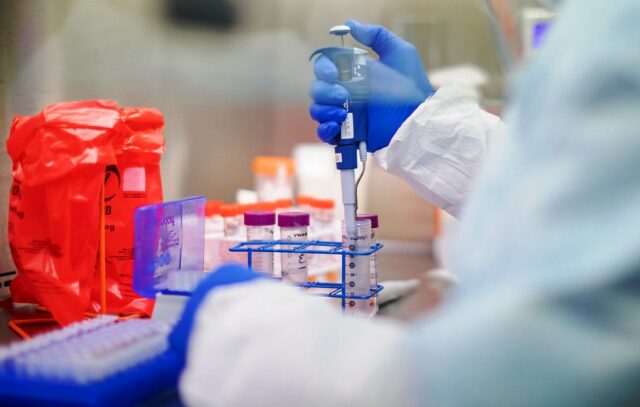
The lead author on that paper, Dr. Prashant Pradhan, is sufficiently expert in such analyses that he has developed his own program, called the MEGAX Software, for building phylogenetic trees. Nevertheless, he is treated in the assaults on his paper as if he were a neophyte. When he did this study 55 coronavirus genome sequences were available, including 27 clinical SARS-CoV-2 isolates. There was also the sequence of a virus that had supposedly been collected in 2013 from a bat in Yunnan (BETACOV/BAT/YUNNAN/RATG13/2013/EPI_ISL_402131). Curiously, the Wuhan Institute of Virology entered the information about that bat virus, also called RaTG13, into the sequence database seven years late: in January 2020. The bat virus turned out to resemble SARS-CoV-2 more than any other virus, but exclusively in one protein: the surface spike! As for the rest, the bat virus was obviously a beta-coronavirus, but one evolutionarily quite different from SARS-CoV-2. A reasonable analogy for this bat virus and its fortuitous spike protein sequence would be to dig up, for a comparison to humans, a chimpanzee that had a perfectly human head but was a chimpanzee in every other detail. An unconventional evolution: to say the least.
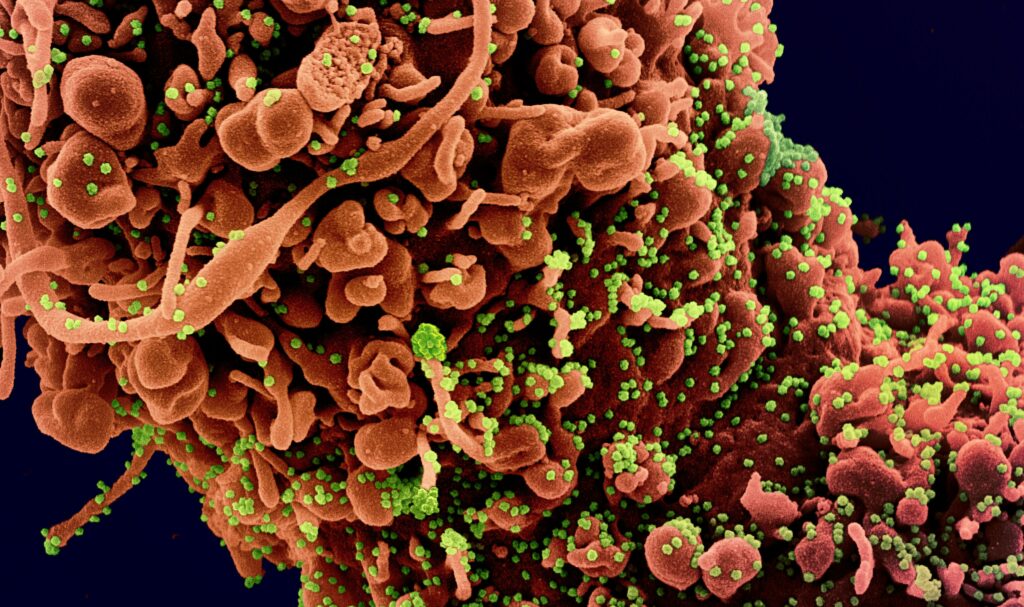
A notable difference between SARS-CoV-2 and other coronaviruses was several tiny insertions in the spike protein, which accounted altogether for about two percent of the whole protein. More precisely, there were four insertions in all, each one with six to eight contiguous residues, in a protein with a total of about 1,280 residues. Imagine a chain that should have 1,280 green beads, but four clusters of six to eight red beads are in it at different places. The points of insertion looked exactly like the kinds of places where a simple-minded student would have put them. They were located in the protein where one might naively guess that some variation might be tolerated, and where the inserts might wind up being presented on the protein surface.
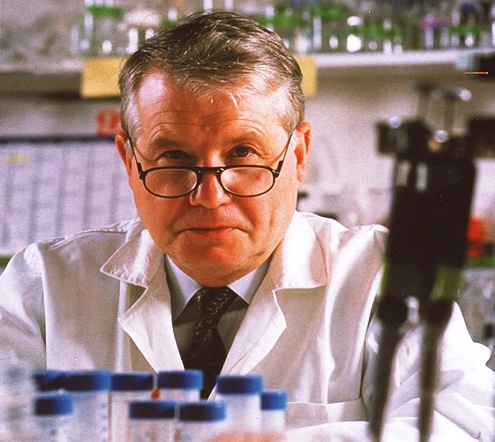
Now, suppose there were 20 different shades of red to pick from, like there are 20 different kinds of residues in proteins. The probability of finding by chance a specific sequence of seven different shades, or consecutive protein residues, is roughly 8 in 10 billion, and the probability of finding three such sequences in a protein with only 1,280 residues is essentially zero. Nevertheless, all four inserts are in the SARS-CoV-2 spike protein; furthermore, they correspond to HIV sequences. In my view, the first three are most convincing, and they all correspond to parts of an HIV protein called GP120. This does not happen by chance either. GP120 is to HIV as the spike protein is to coronaviruses. Just like SARS-CoV-2 uses the spike protein to recognize the human ACE2 protein on lung epithelial cells for example, HIV uses its GP120 protein to recognize the human CD4 protein on a subset of white blood cells called CD4 T-lymphocytes. The reason HIV infections are so devastating is because the virus attacks the very cells that would trigger the body’s response to an infection. More than 80 percent of hospitalized COVID-19 patients show a substantial drop in their blood lymphocytes: a condition called lymphocytopenia. This condition is probably unrelated to the HIV sequences in SARS-CoV-2, however, because it was also present in SARS-CoV. So the HIV sequences in SARS-CoV-2 did not work.
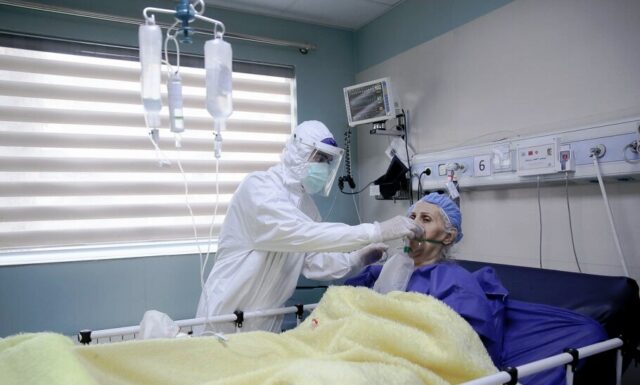
I am a scientist, and as a rule, I do not subscribe to conspiracy theories. This is partly because I believe that such theories are an intellectually lazy way to substitute another power for the traditional Abrahamic deity. I am also convinced that natural selection can generate more diversity in living things, including viruses, than any other process and can sometimes find painful ways to punish, or even extinguish, species that take more than their share of resources. Finally, I do not believe that governments or their agencies are sufficiently smart to concoct all the schemes ascribed to them. Though they can behave maliciously, the most terrible things they do are usually the results of inaction and stupidity.
Might a group of scientists have created a virus that could potentially attack human T-lymphocytes as well as human lung epithelial cells? I have sadly come to conclude that the short answer to this question is “yes.” I have looked more closely at the Wuhan facilities and the kind of research routinely done there, and the following is a glimpse of what I found.

The laboratories in Wuhan began modestly enough in 1956 as an agricultural microbiology facility. This facility has, however, gradually acquired Biosafety Level 2 and 3 (BSL-2, BSL-3) laboratories in which to work on potentially harmful microbes. After the SARS-CoV epidemic of 2002, and the H5N1 avian flu of 2003, France and China collaborated to create a $42.4 million Biosafety Level 4 (BSL-4, or P4) laboratory. This is the highest level of safety for biological research, and there exist only about 30 such laboratories. They are designed for work on lethal human pathogens, including viruses like the Ebola, Zika, and coronaviruses, for which there is no vaccine. The BSL-4 Wuhan facility was modeled on the Jean Mérieux-INSERM Laboratory in Lyon, France.

From the start, the research in Wuhan has been highly collaborative and international. The Wuhan Institute of Virology boasts of partnerships with organizations that include the European Union, the United Nations Food and Agriculture Organization (FAO), and the United Nations World Health Organization (WHO); and countries that include, not only France, but also the United States, Canada, the United Kingdom, Australia, Spain, Germany, the Netherlands, Japan, Singapore, Pakistan, Islamabad, and Kenya. Scientists from other BSL-4 laboratories, like those in France, at Australia’s Animal Health Laboratory, and the Galveston National Laboratory of the University of Texas, cross-train each other’s students and rotate through Wuhan. Theirs is a chummy and exclusive club that works outside the scrutiny of most scientists. Their results cannot be verified without access to BSL-4 facilities, which is granted to few.
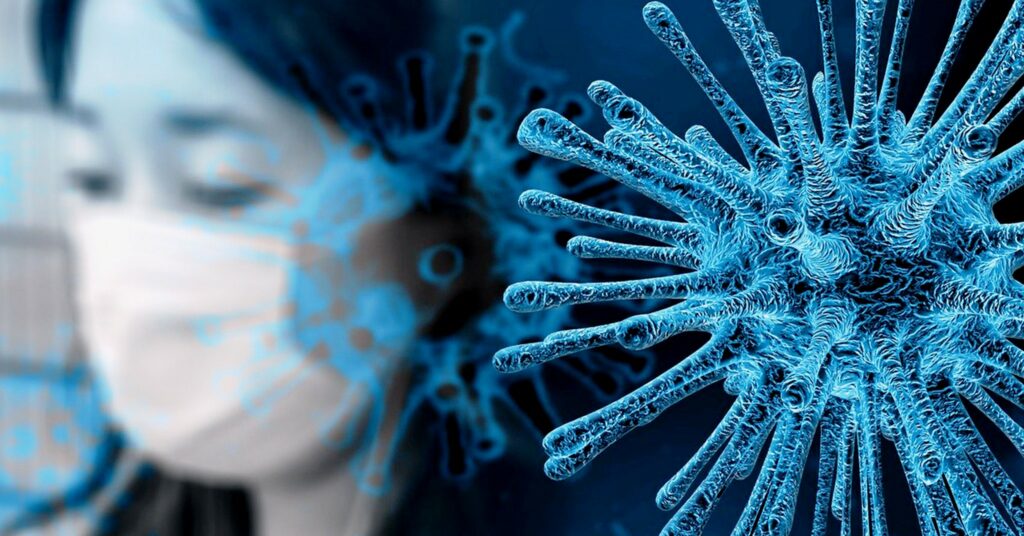
As an example of work that was done in collaboration with Wuhan, I offer a 2015 paper on coronaviruses that caused some controversy because it involved the creation of a human pathogen from a harmless virus. This research involved scientists at the University of North Carolina at Chapel Hill, the National Center for Toxicological Research of the Food and Drug administration in Arkansas, the Key Laboratory of Special Pathogens and Biosafety at the Wuhan Institute of Virology, the Institute for Research in Biomedicine at the Bellinzona Institute of Microbiology in Zurich, and the Harvard Medical School. Support for the work came mainly from National Institutes of Allergy and Infectious Diseases (NIAID) funds to the US researchers, National Natural Science Foundation of China funds to the Wuhan researchers, and, curiously, money from USAID-EPT-PREDICT EcoHealth Alliance to a Wuhan researcher. That researcher was Shi Zhengli, the Director of the Wuhan Institute of Virology, better known as China’s Batwoman. The benign sounding EcoHealth Alliance finances the collection of pathogens from animals and humans throughout the world. I chose this particular example because, in my view, it involved the same skill set and vacuity as the kind of research that put the HIV inserts in SARS-CoV-2.

The 2015 study began with an innocuous horseshoe-bat coronavirus, called RsSHC014-CoV, which could not harm mice, or infect human lung cells in test tubes in the lab, but could infect monkey cells in test tubes. The researchers then excised the spike-protein region from a SARS-CoV virus (that had been altered to infect mice) and substituted in its stead the spike-protein region from RsSHC014-CoV. The resulting chimera turned out to cause rapid weight loss in mice. Furthermore, the chimeric virus could infect human lung cells in test tubes and was probably pathogenic on humans. The reason the chimeric virus could infect human lung cells turned out to be because it had gained the ability to recognize the human ACE2 protein on the cells.

The researchers tried, by various approaches, to neutralize the little monster they had created. They tested several antibodies they had on hand against SARS-CoV to see if they would also work against the chimeric virus, but the antibodies worked poorly or not at all in preventing infections by the new virus. They attempted to vaccinate mice with the killed virus. These vaccinations not only failed but also were actually harmful to the mice. In particular, they suffered lung damage when they were subsequently exposed to the virus, whereas the unvaccinated mice did not. The researchers also tried to do vaccinations with live virus, but such vaccinations required so much virus that they could be done only on the young mice that needed them least, and would have killed the aged mice, which were the population that most required protection. Though there is a lesson to be learned here about the potential dangers of vaccination against coronaviruses, this research was hardly worth the risk of a possible pandemic by an escaped man-made virus.

The flow chart for the above research is quite characteristic of the kind of work that gets done in BSL-4 labs. It may be summarized as follows:
• Find a nasty pathogen in nature, or create one by a bit of ordinary cloning.
• Test the pathogen’s ability to grow in vitro on various mammalian cells.
• Test the pathogen’s ability to cause illness in or death of live mammals, like mice.
• Try to figure out, from a number of well-established receptor proteins identified by legitimate laboratories, which human protein the pathogen might recognize.
• Try to neutralize the pathogen with antibodies in vitro.
• Check if the killed pathogen or a low number of the live pathogen will work as a vaccine in live mammals, like mice, and protect them in future encounters with the pathogen.
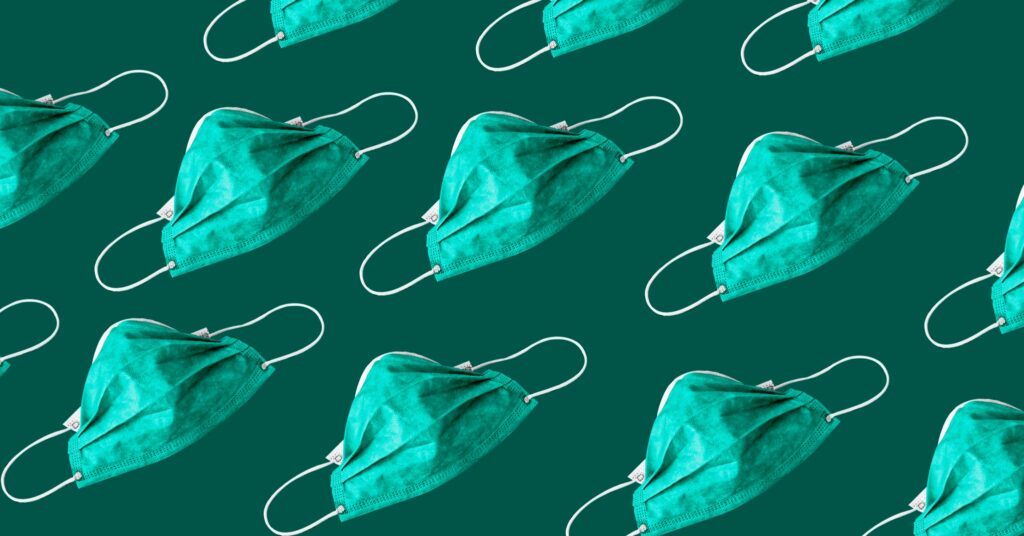
This is the identical flow chart that is probably followed for the development of bioweapons. In particular, if a vaccine can be raised against a pathogen, then this allows its creator to vaccinate himself and safely use the pathogen as a weapon against his imagined enemies. It is a banally evil path that is well trod by a particular kind of pedestrian scientist.

The sort of study where a scientist creates a pathogen is politely labeled gain-of-function research by biologists. It raises eyebrows in the scientific community whenever such work gets generously funded or prominently published, like the paper I just described, which appeared in the journal Nature Medicine in 2015. Gain-of-function research continues to be funded, however, with no oversight from the public that finances it and is most likely to suffer from it. For the most part, this kind of research goes unpublished.
It has been suggested that the insertion of HIV sequences in SARS-CoV-2 might have been a foolhardy attempt to create a virus for vaccination against HIV. In fact, the construction of chimeric proteins for vaccination against HIV was pioneered by researchers at the National Institutes of Health in 1998. Furthermore, the use of this approach with a specific set of HIV inserts was patented, Patent no. 6911527, in 2005 by Giuseppe Scala, Xueni Chen, Oren J. Cohen, and Anthony S. Fauci. Though the HIV inserts specified in the patent do not match those in COVID-19, it would be reasonable to ask if those researchers are aware of work that involves HIV inserts in coronaviruses.
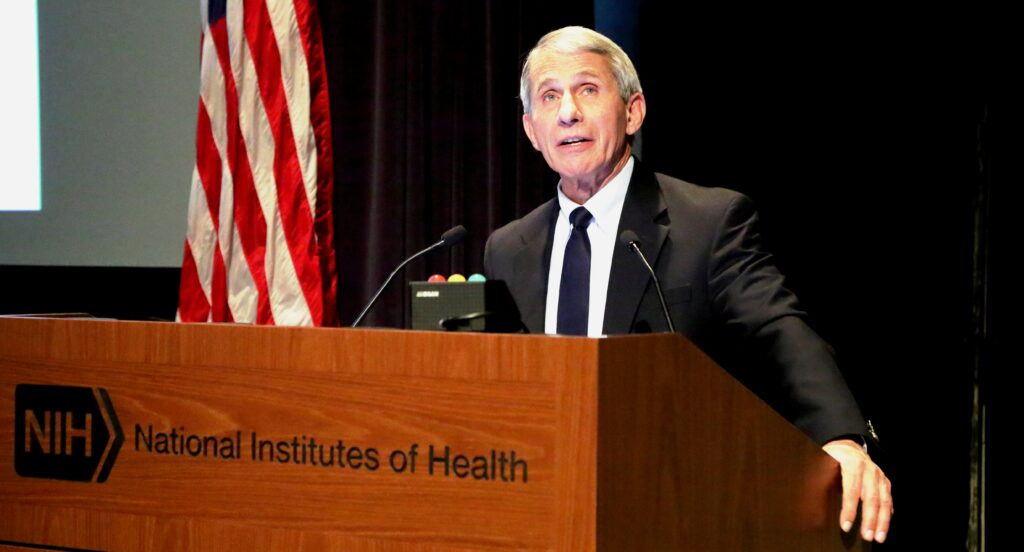
The lead researchers of the 2015 gain-of function study continue their work. In fact, one recently tried to put a coronavirus in a fruit bat. Another collaborates with the for-profit pharmaceutical company, Gilead Sciences, in development of drugs against coronaviruses, even as he enjoys millions of taxpayer dollars for his research, mostly via the NIAID. Dr. Anthony Fauci has directed the NIAID since 1984. He also promotes Gilead. During his tenure at NIAID, the federal committees that weigh the risks and benefits of gain-of-function research have been anonymous, closed-door, and without citizen oversight. Consider for a moment the sobering fact that, if SARS-CoV-2, an airborne virus, had efficiently recognized CD4 T-lymphocytes with its HIV sequences, the death toll from COVID-19 might now be millions instead of hundreds of thousands of people. The sacrifice of even one person for such worthless and repugnant research is too much. The COVID-19 pandemic offers an occasion to make urgent changes in science policy.

Editor’s Notes: Dr. Dady Chery is an Associate Professor of Biology, Co-Editor-In-Chief of News Junkie Post, and the author of We Have Dared to Be Free: Haiti’s Struggle Against Occupation. Photographs one, two, five, eight, eleven and twelve from the archive of Prachatai; three and fourteen from the archive of The National Institutes of Health; composite six from the archive of Jun Frogosa; photograph nine by Chad Davis; ten from the archive of Shantanu Dutta; and seven, thirteen and fifteen by Jon Roman.
Live interview of Dr. Dady Chery with hosts Bob Schlehuber and Jamarl Thomas of Radio Sputnik’s Political Misfits, on May 4, 2020.
Listen to “Global responsibility for a global pandemic” on Spreaker.Related Articles













You must be logged in to post a comment Login